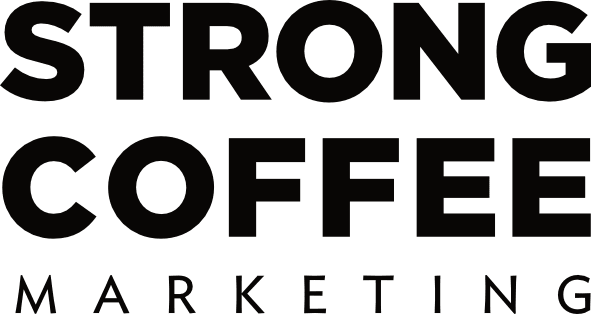Programmatic advertising is a buzzword referring to the automated buying and selling of online ad space. This method uses machine learning and algorithms to find the right audiences by analyzing their web behaviour, search queries, and other online activities. While platforms like Google Ads utilize similar technologies, programmatic advertising offers advanced targeting and access to exclusive ad spaces.
User Experience and Interface
The essence of programmatic advertising lies in its ability to place ads on high-profile websites that typically don’t sell their ad space to platforms like Google. Through third-party publishers, programmatic ads can appear on sites like Fortune, CNN, and other notable media outlets. This expanded reach is coupled with detailed tracking, allowing for precision targeting based on user behaviour and site content.
Creating Campaigns with Programmatic Advertising
Creating a campaign with programmatic advertising involves several advanced techniques:
- Custom Targeting: Advertisers can target audiences using specific criteria, such as browsing history, interests, and demographic information.
- Geofencing: This feature allows advertisers to target users within a specific geographic area. For instance, a company can geofence a conference center during an event and collect mobile IDs to retarget attendees later.
- Third-Party Lists: Advertisers have access to lists of users based on various behaviours and attributes, such as recent high school graduates, tech enthusiasts, or parents with school-aged children. These lists enable highly customized and effective targeting.
Engagement and Algorithm
Programmatic advertising primarily operates on a CPM (cost per thousand impressions) basis, focusing on visibility and brand awareness rather than direct conversions. This makes it ideal for awareness campaigns. Although platforms like Google Ads can offer similar impression-based models, they often prioritize conversion-focused strategies.
Potential and Challenges
The potential of programmatic advertising lies in its sophisticated targeting capabilities and broad reach. By leveraging advanced algorithms and detailed user data, it ensures that ads are shown to the most relevant audiences. However, the complexity and cost structure—primarily CPM—mean it’s often more suited for larger brands focusing on broad visibility rather than small businesses aiming for direct conversions.
Final Thoughts
Programmatic advertising represents the pinnacle of modern digital marketing, offering unparalleled targeting and reach. While it excels in brand awareness and visibility, its CPM model and complexity can be a barrier for smaller businesses focused on direct response. As the technology evolves, platforms like StackAdapt continue to enhance their tools, integrating features like digital TV and radio, making programmatic advertising a versatile and powerful option for advertisers.
Recent Posts
Navigating the Digital Buying Cycle: Strategies for Modern Consumers
In today’s fast-paced world, where information is just a tap away, the buying cycle has transformed dramatically. Gone are the days when consumers...
Digital Marketing Strategies in the Off-Season
Ah, the off-season. For some businesses, it’s a time to kick back, relax, and sip on a well-deserved latte. For others, it’s a...
How ChatGPT is Transforming Online Search Behaviour
In the ever-evolving landscape of digital information, the way we search for answers is undergoing a seismic shift. We got used to searching...



